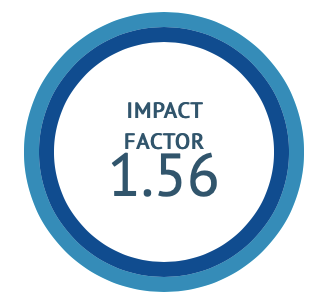A Comparative Analysis of Emulsion Stability and Therapeutic Outcomes in Classical and Modified Madhutailika Basti
DOI:
https://doi.org/10.47552/ijam.v16i2.5739Keywords:
Madhutailik basti, Emulsion stability test, Classical Method, Modified Method, Therapeutic efficacy, AyurvedaAbstract
Madhutailika basti, a key ayurvedic therapeutic enema composed of Madhu, saindhava lavana, sneha, kalka and kashaya, relies heavily on the stability of its emulsion for optimal therapeutic effectiveness. This study aimed to compare the emulsion stability of Madhutailika basti prepared using classical and modified methods, focusing on physical and chemical stability. The classical method involved sequential mixing of ingredients according to traditional ayurvedic procedures, while the modified method replaced madhu with guda in group-B and madhu and guda together in group-C to enhance emulsion stability. Emulsion stability was evaluated through organoleptic properties and analytical tests. A pilot study was done on 24 patients. Group A (Madhu) exhibited superior stability (12 hours), ease of preparation, and optimal PH (5.5) compared to Groups B and C. Analytical tests confirmed oil-in-water emulsions, with Group A showing balanced stability and therapeutic efficacy. Clinical outcomes demonstrated significant improvements in Samyaka Niruha Lakshanas, with no adverse effects reported. While modified formulations are viable, the classical Madhu-based method proved most effective, emphasising the importance of traditional preparation techniques for consistent stability, safety, and therapeutic benefits in Madhutailika Basti.
Downloads
Published
How to Cite
Issue
Section
License
Copyright (c) 2025 International Journal of Ayurvedic Medicine

This work is licensed under a Creative Commons Attribution-NonCommercial-ShareAlike 4.0 International License.
The author hereby transfers, assigns, or conveys all copyright ownership to the International Journal of Ayurvedic Medicine (IJAM). By this transfer, the article becomes the property of the IJAM and may not be published elsewhere without written permission from the IJAM.
This transfer of copyright also implies transfer of rights for printed, electronic, microfilm, and facsimile publication. No royalty or other monetary compensation will be received for transferring the copyright of the article to the IJAM.
The IJAM, in turn, grants each author the right to republish the article in any book for which he or she is the author or editor, without paying royalties to the IJAM, subject to the express conditions that (a) the author notify IJAM in advance in writing of this republication and (b) a credit line attributes the original publication to IJAM.




